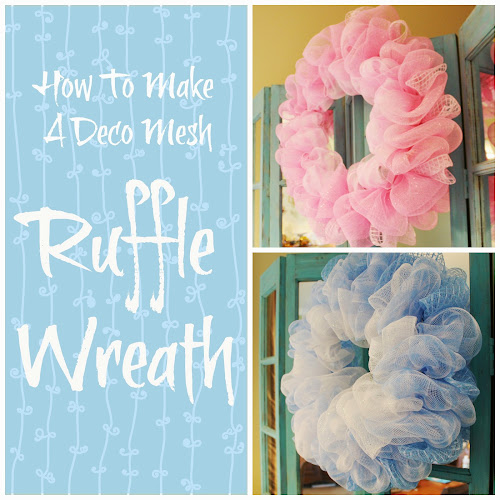On a recent road trip to Texas, we were looking for something
to do on a Sunday morning and found that
The Lady Bird Johnson Wildflower Center
was open and nearby.
( If you are not old enough to know who Lady Bird Johnson is,
she was the wife of Lyndon Johnson,
who became president when John Kennedy was assassinated back in 1963.)
One of the causes that was dear to her heart was to
save native wildflowers and encourage others in the
country to use them as much as possible.
When you see wildflowers growing along interstates,
they are there mainly due to her efforts.
She said "We have impressive and valid reasons
for using our native plants
---reasons of the soul and pocketbook".
The most famous of her native Texas
wildflowers is the Bluebonnet.
Normally, it would be abundant along the roadsides
in Texas in April but due to the drought there this
year, almost the only bluebonnets we saw were in gardens
where they had gotten water by means other than rain.
wildflowers is the Bluebonnet.
Normally, it would be abundant along the roadsides
in Texas in April but due to the drought there this
year, almost the only bluebonnets we saw were in gardens
where they had gotten water by means other than rain.
If you are ever near Austin, Texas, and you like gardening,
you should take a trip to The Wildflower Center.
They have wonderful examples of how to use native
wildflowers in fields and in gardens large and small.
The Display Garden section at the center shows that
"whatever style garden you like, native plants provide the
beauty, form, and texture you desire".
The center teaches that native plants don't require as much
water as conventional garden plants and thus saves our water resources. Here are some examples from that area:
"whatever style garden you like, native plants provide the
beauty, form, and texture you desire".
The center teaches that native plants don't require as much
water as conventional garden plants and thus saves our water resources. Here are some examples from that area:
In very arid areas, a garden area could use texture and visual interest with sand and (something that looks like) sea glass
(but I really don't know what it is exactly).
(but I really don't know what it is exactly).
This was a mix a low-growing ground covers:
The center also had water features:
Even though I like to look at gardens, I don't do
much gardening myself, so probably my favorite thing
at the Wildflower Center was the beautiful use of
native resources of logs and stone work there in
the colonnades, buildings, and other structures.
much gardening myself, so probably my favorite thing
at the Wildflower Center was the beautiful use of
native resources of logs and stone work there in
the colonnades, buildings, and other structures.
My favorite structure was an observation tower.
It featured a stairwell that had some treads on the
interior and some treads on the exterior.
There were plants growing along the staircase and
along the top wall at the top of the tower.
Hopefully, you will find something in these pictures to inspire
you in your garden no matter how large or small it may be.






